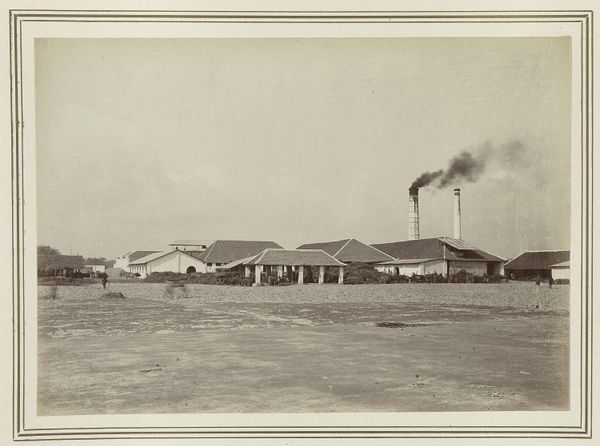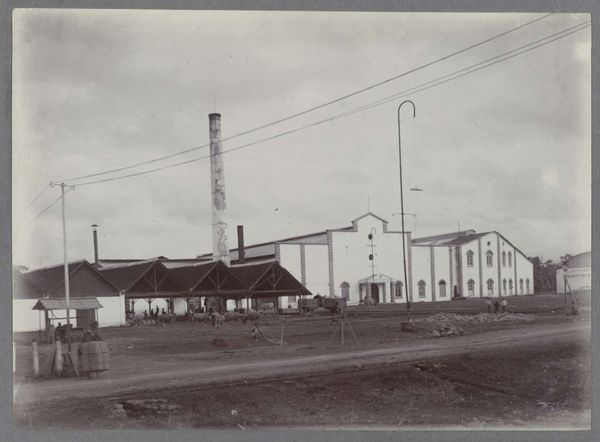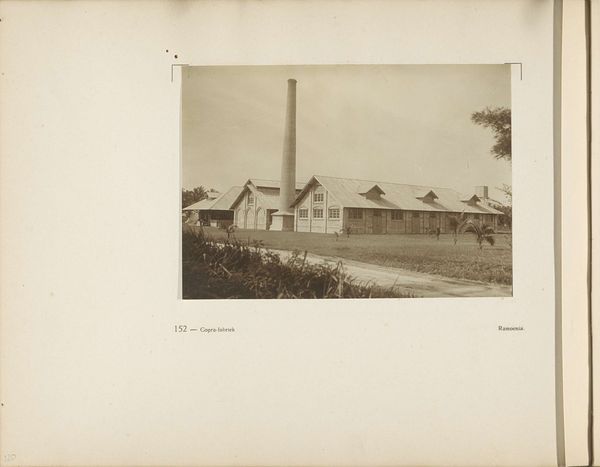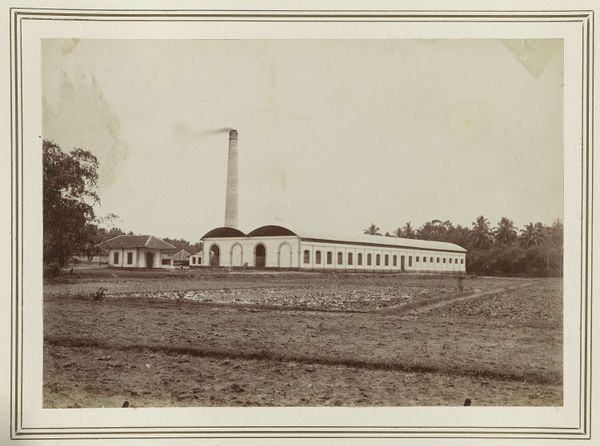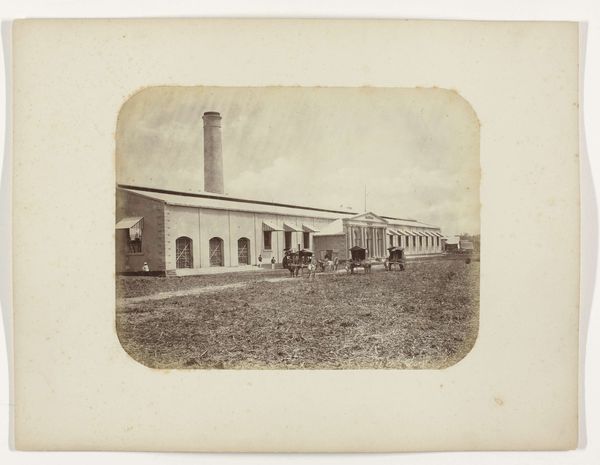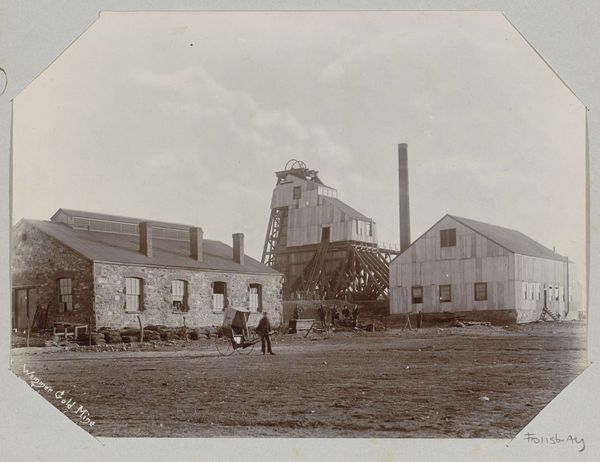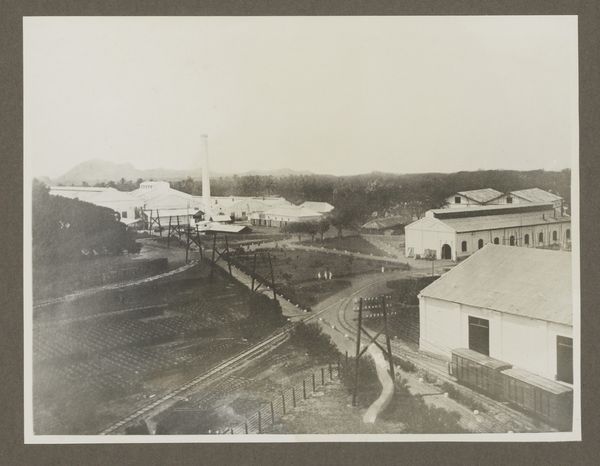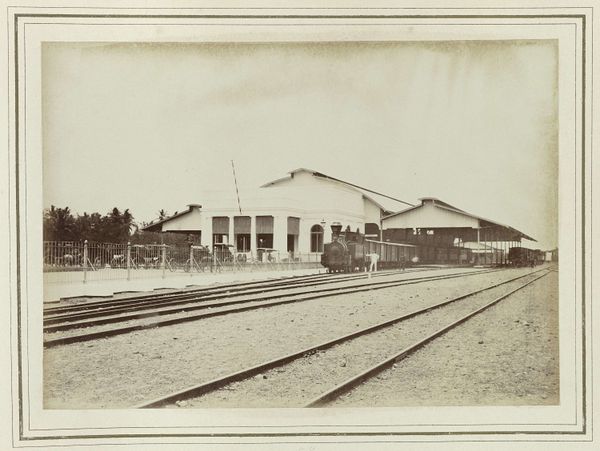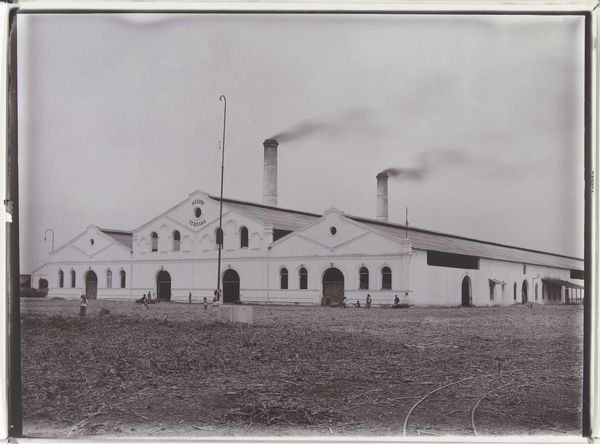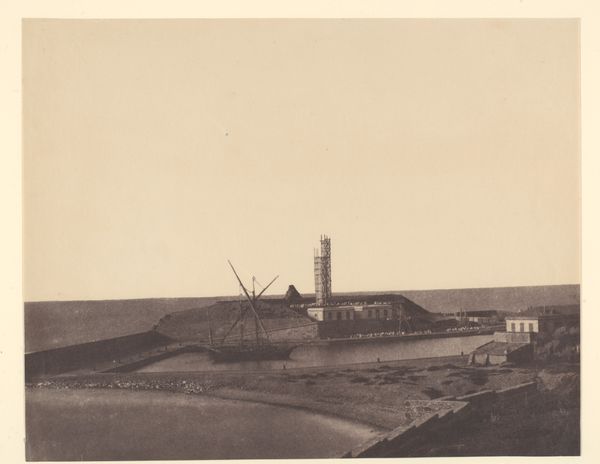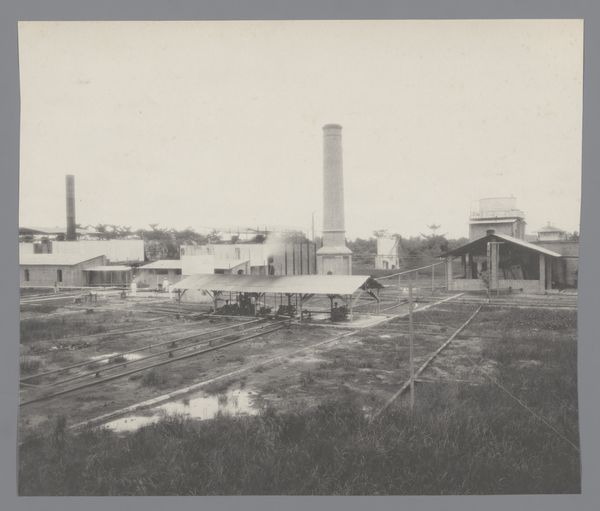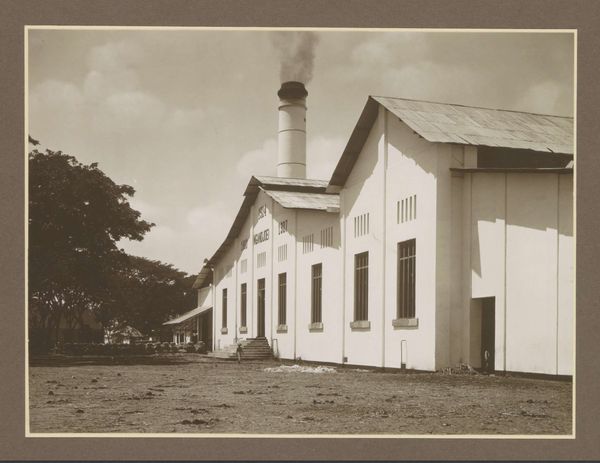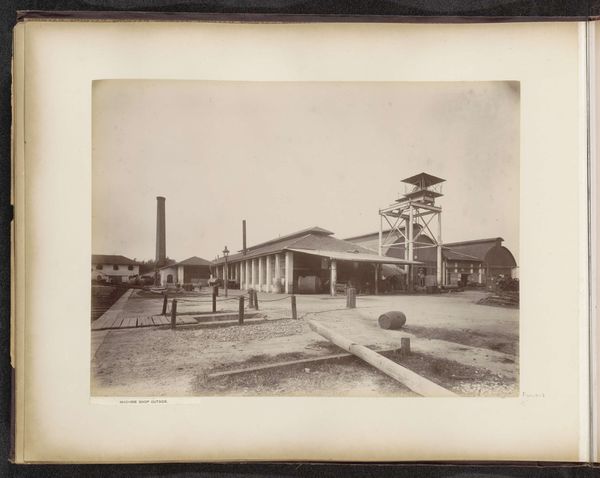
photography, gelatin-silver-print
#
dutch-golden-age
#
landscape
#
photography
#
historical photography
#
gelatin-silver-print
Dimensions: height 150 mm, width 210 mm
Copyright: Rijks Museum: Open Domain
Editor: This photograph, “Fabriek Beran,” taken in 1886 by Kassian Céphas, is a gelatin silver print held at the Rijksmuseum. It feels like a document of a specific moment, very matter-of-fact. What's most striking is how the industrial scene is integrated within a wider social landscape. What stands out to you? Curator: This image really captures the complexities of Dutch colonial history. Photography, like this one, served a specific purpose within that system. It documented, classified, and ultimately reinforced the power structures of the time. Editor: In what ways? Curator: Consider who controlled the narrative. Céphas was a Javanese photographer, but his work was often commissioned by or circulated among the Dutch elite. The photograph presents a specific vision of colonial industry. We need to think about how the labor is represented and what that representation meant for audiences at the time, both in Java and in the Netherlands. The smoke stacks and neat architecture tell one story. The bullock carts and the people, who seem small by comparison, tell another. Does it feel to you like the scale of industry and labor here are being presented as balanced, or not? Editor: I see your point. The people and animals seem almost dwarfed by the factory. It feels like a statement about the dominance of industry. It definitely shifts how I first saw this piece. Thanks for pointing that out. Curator: These photographs weren’t just passive records; they were active participants in shaping colonial ideology. Editor: Absolutely, I now understand better the complex layering of this image, especially considering the history of Dutch colonialism at the time.
Comments
No comments
Be the first to comment and join the conversation on the ultimate creative platform.
